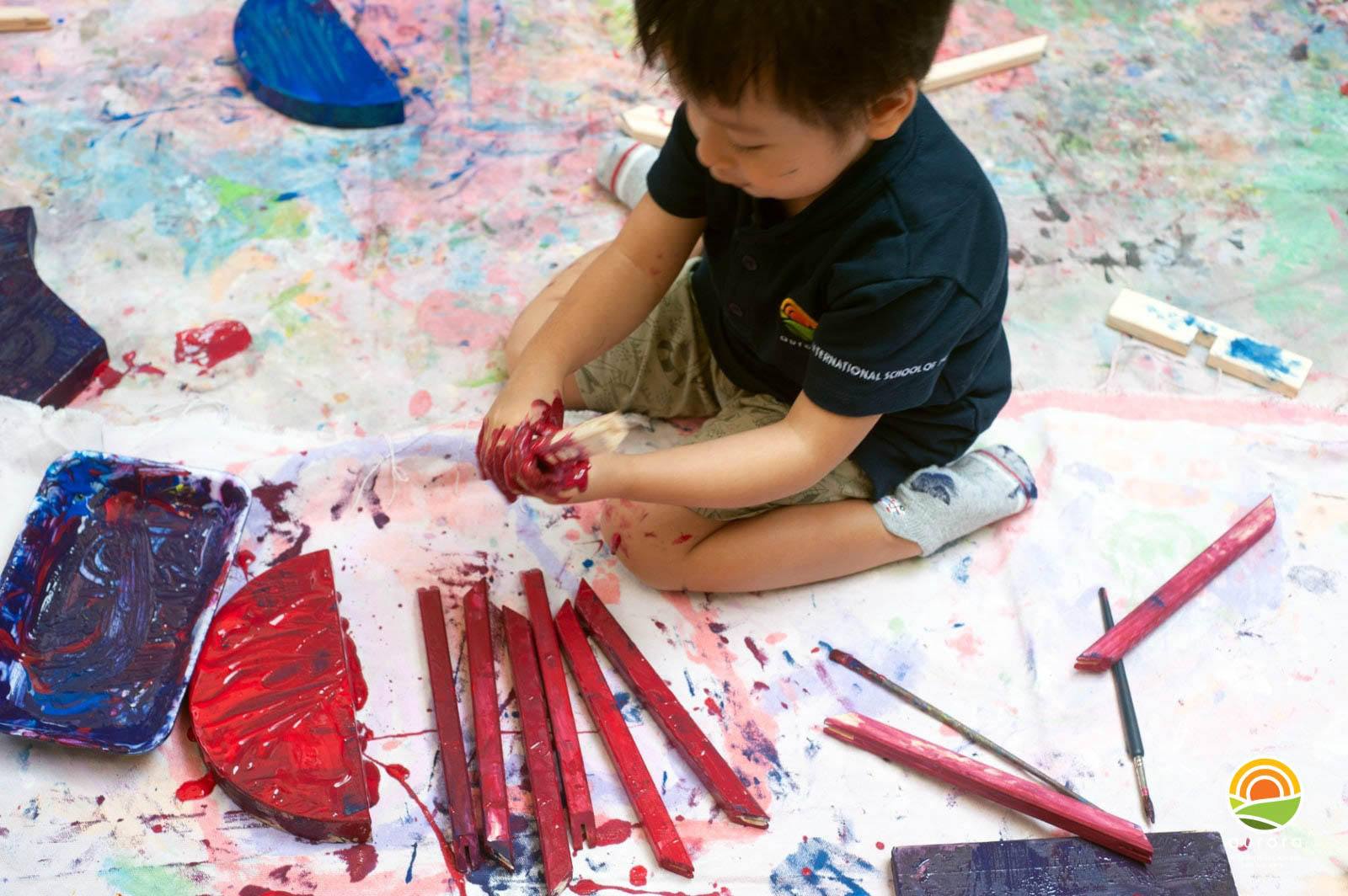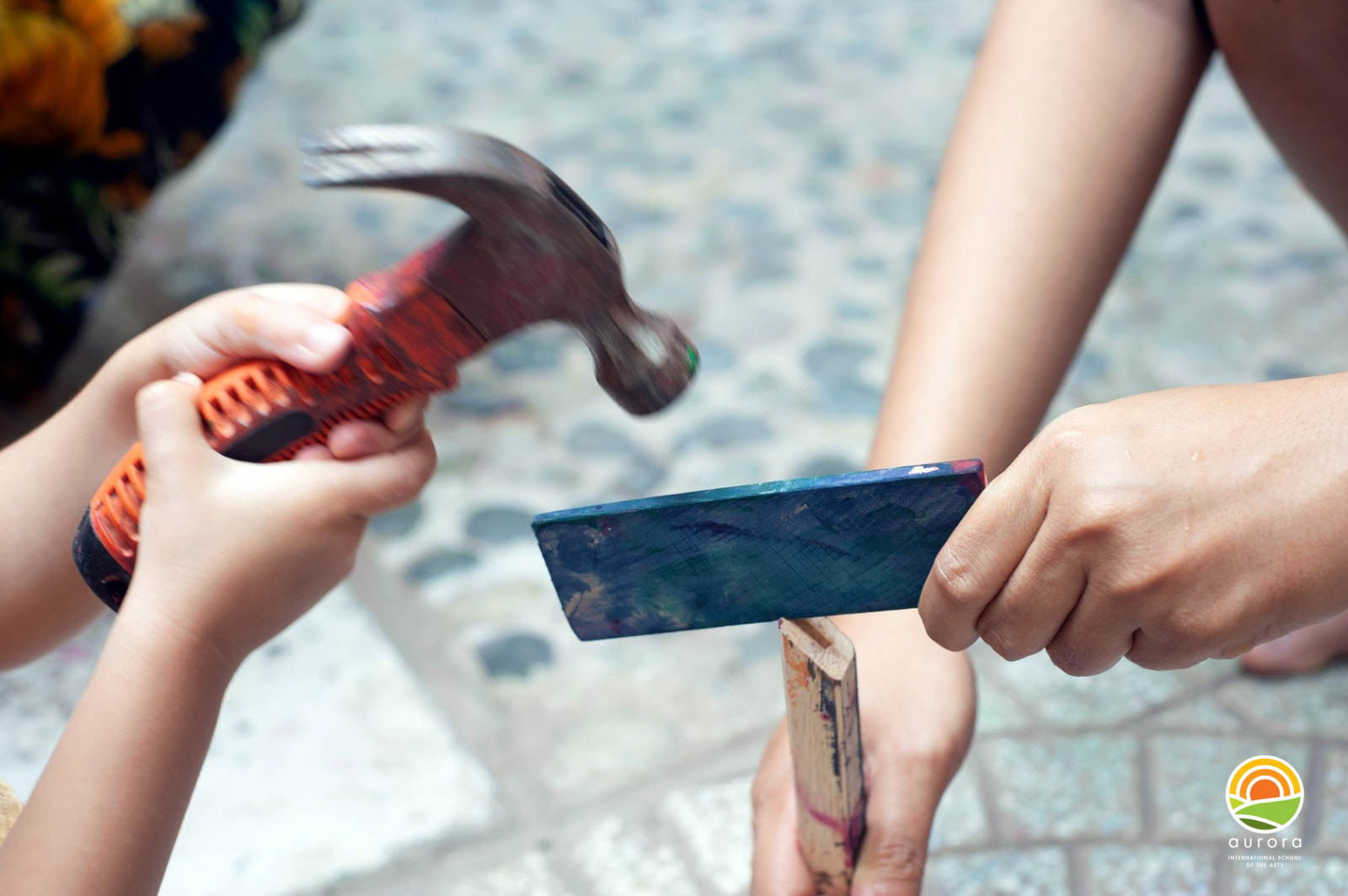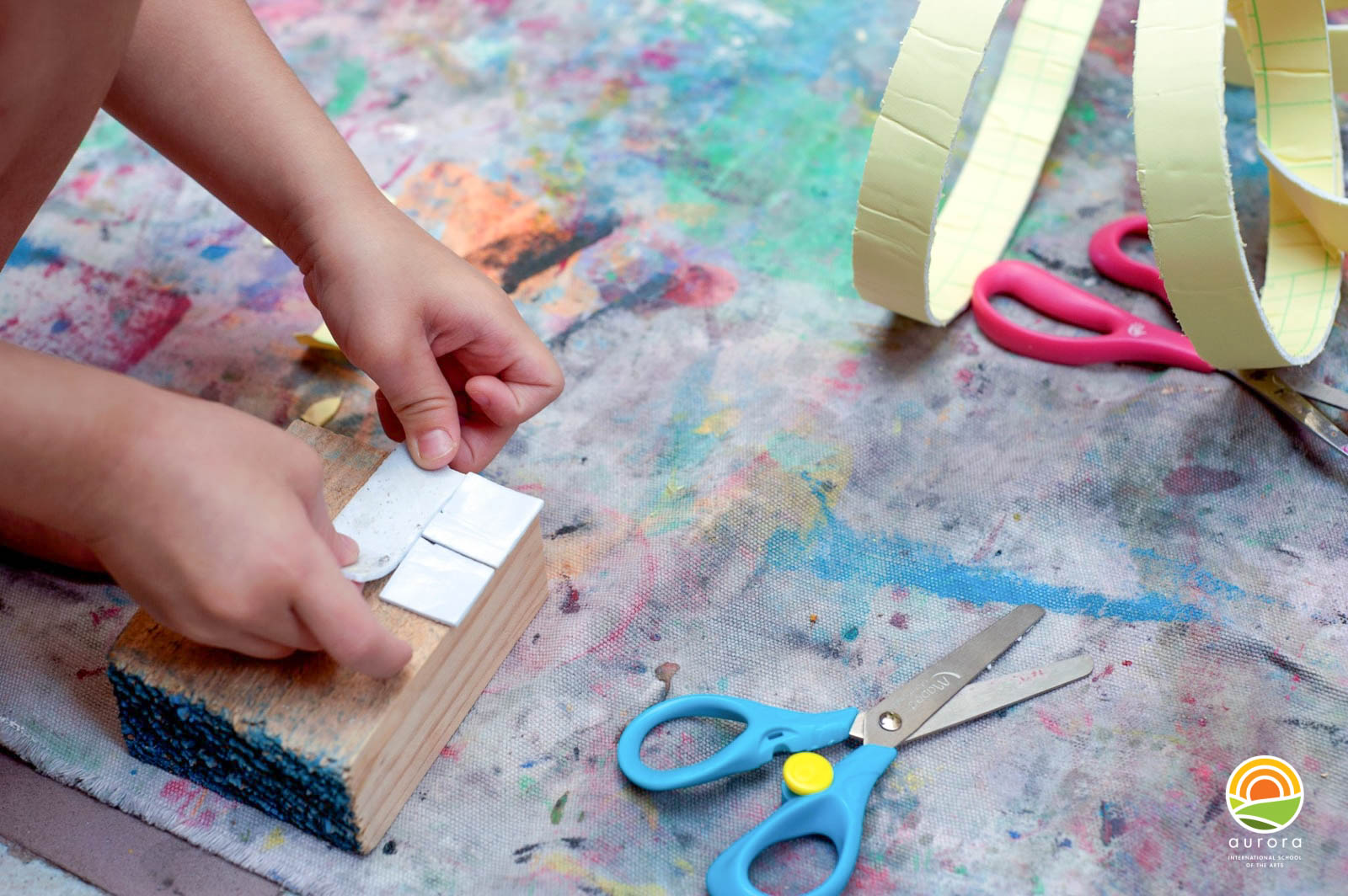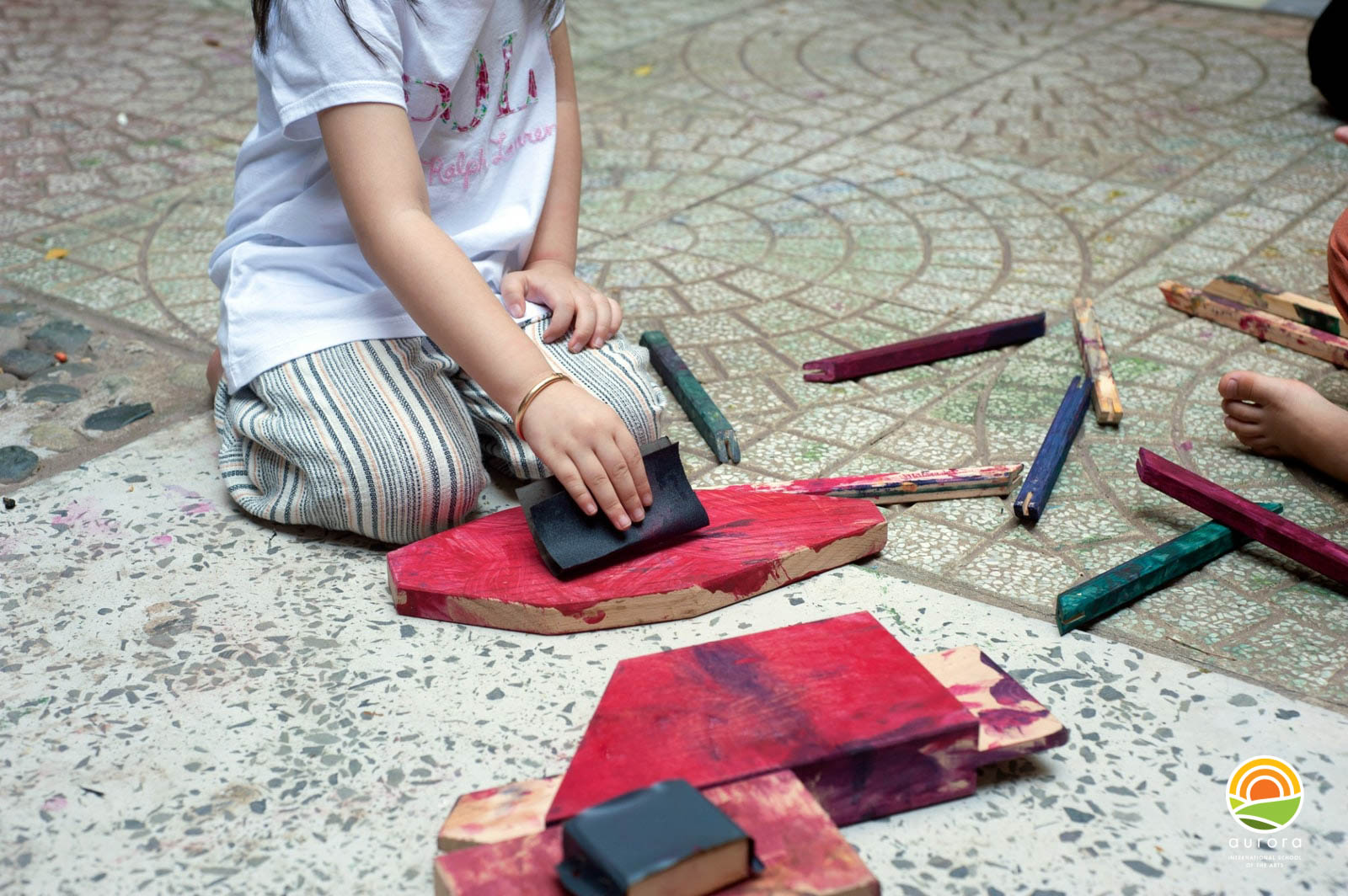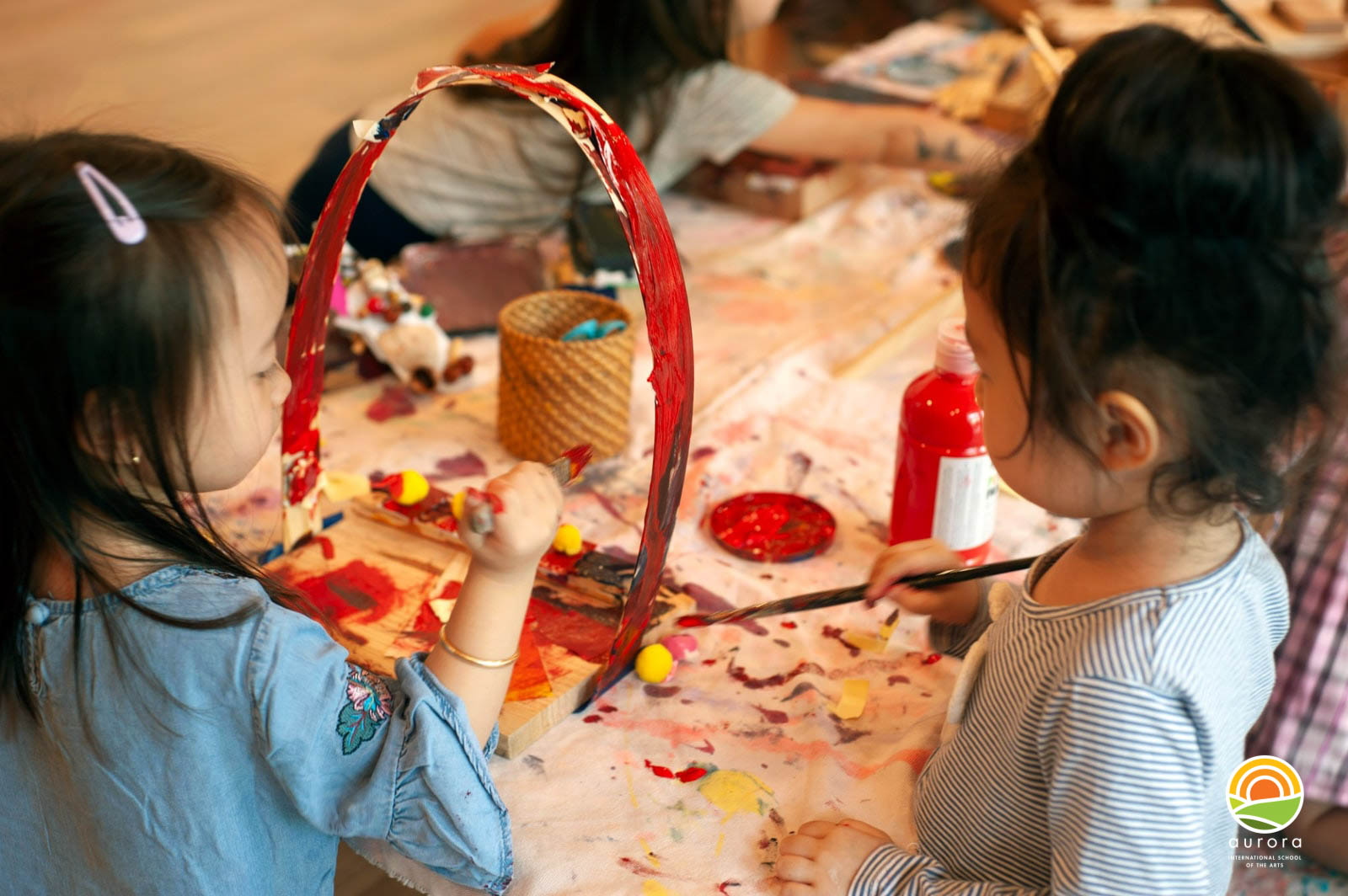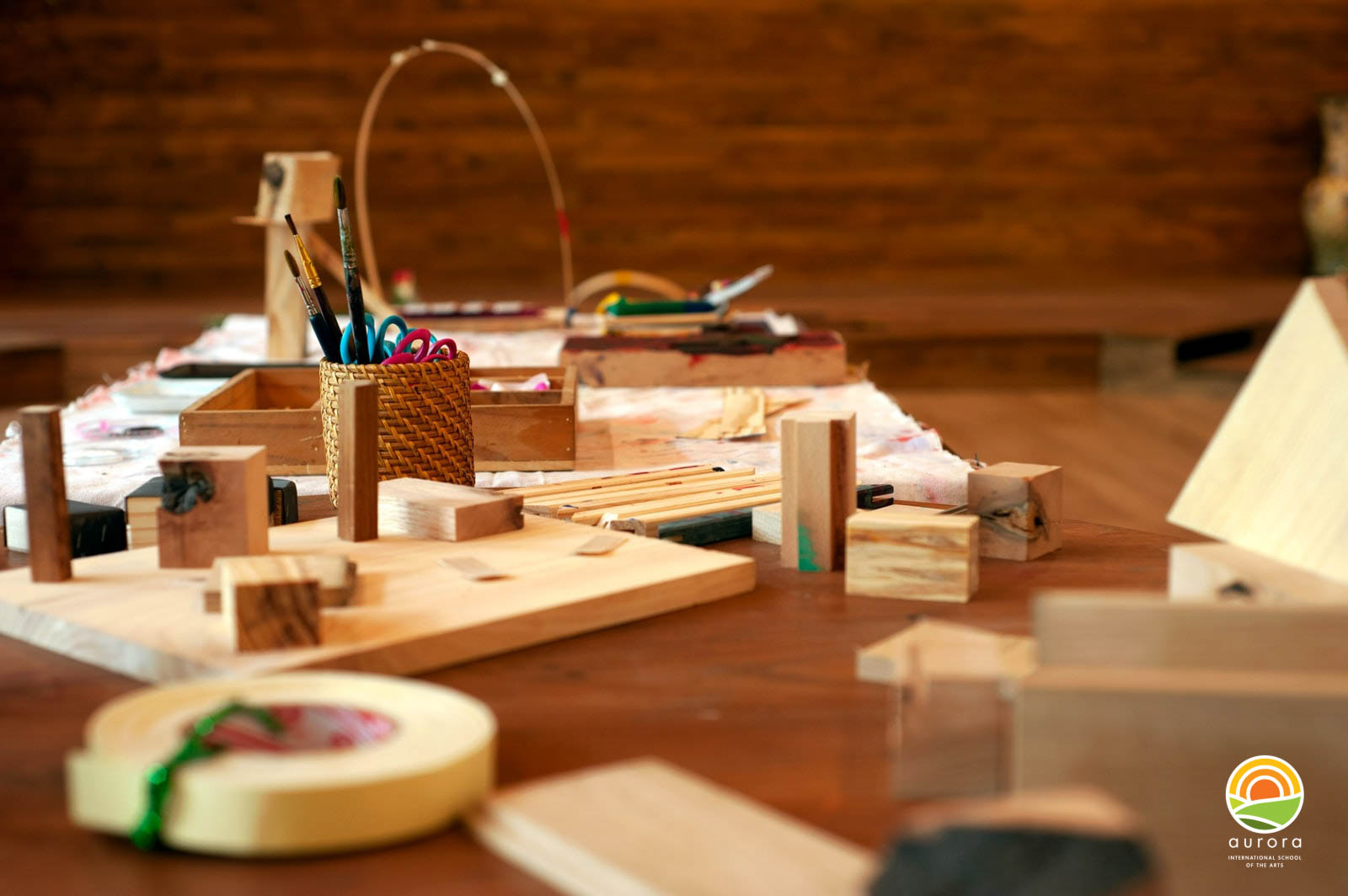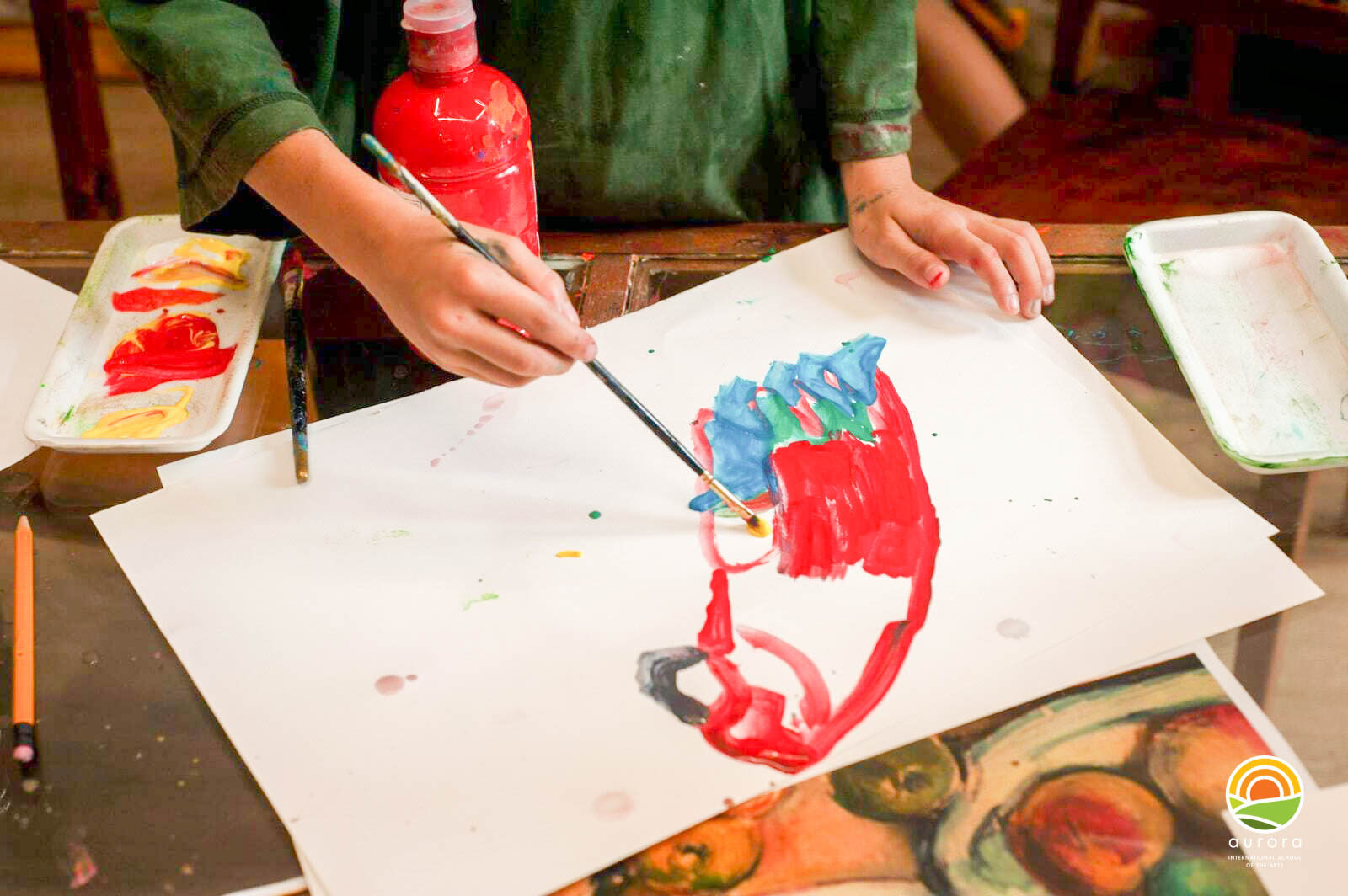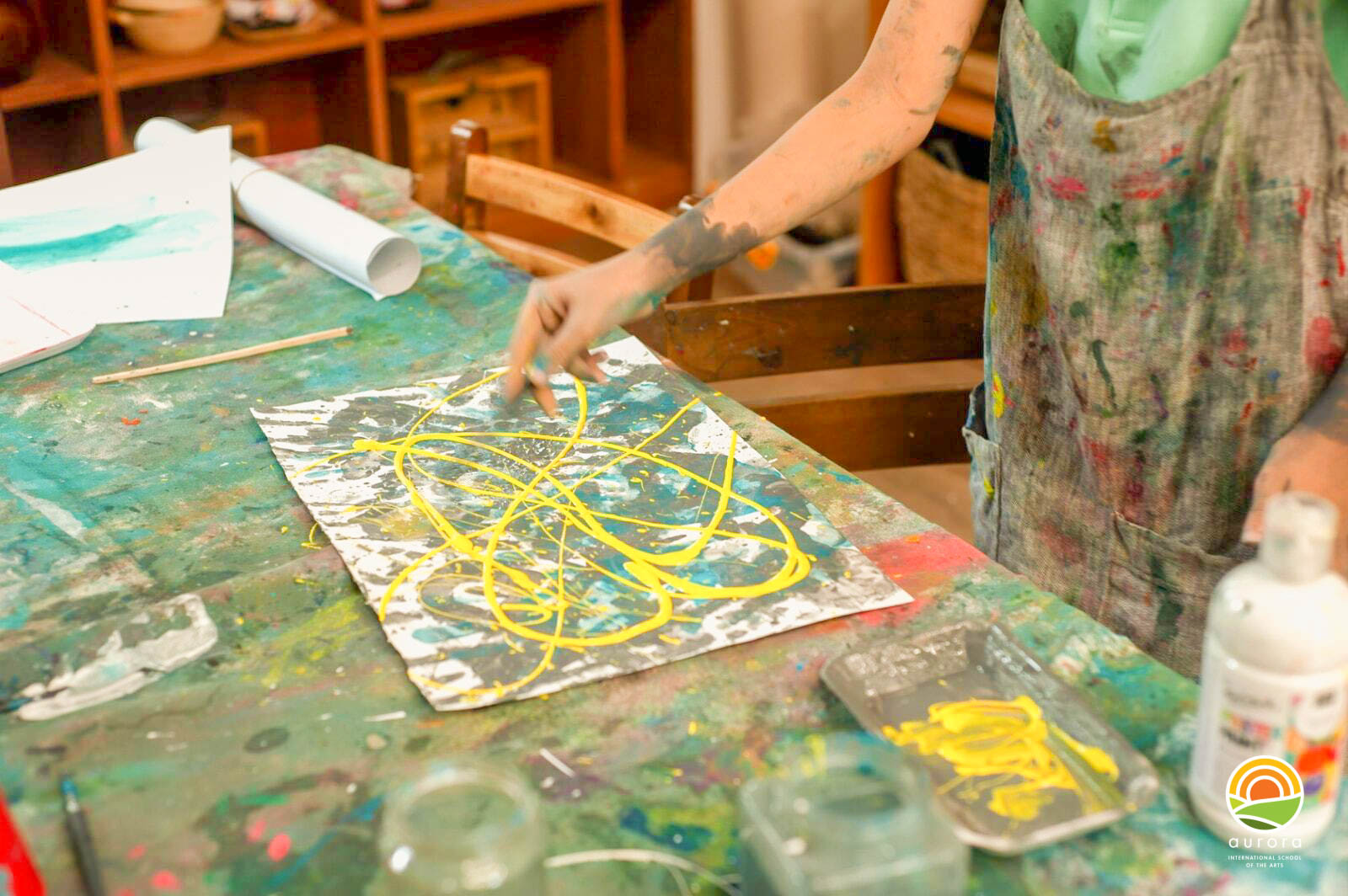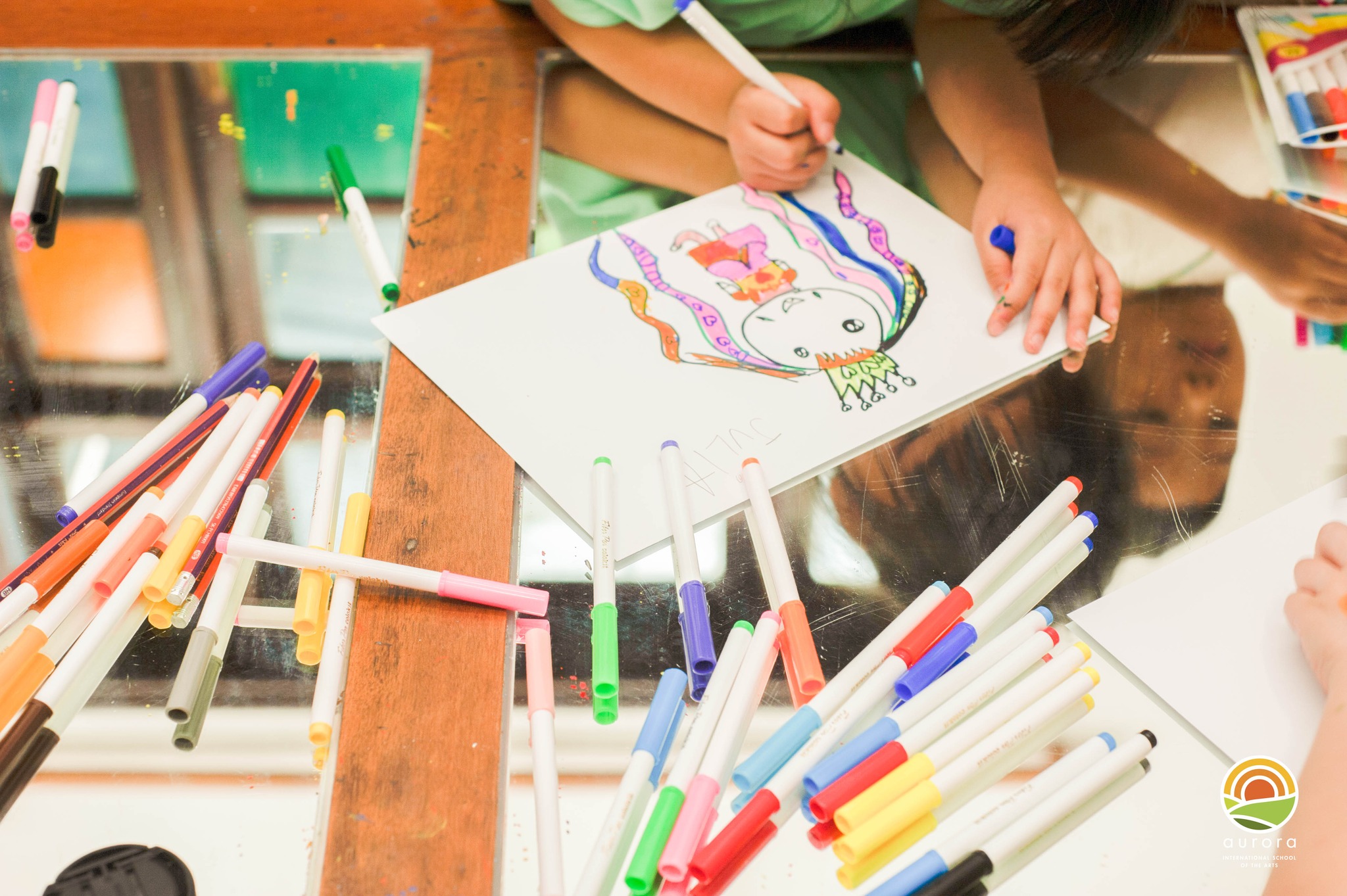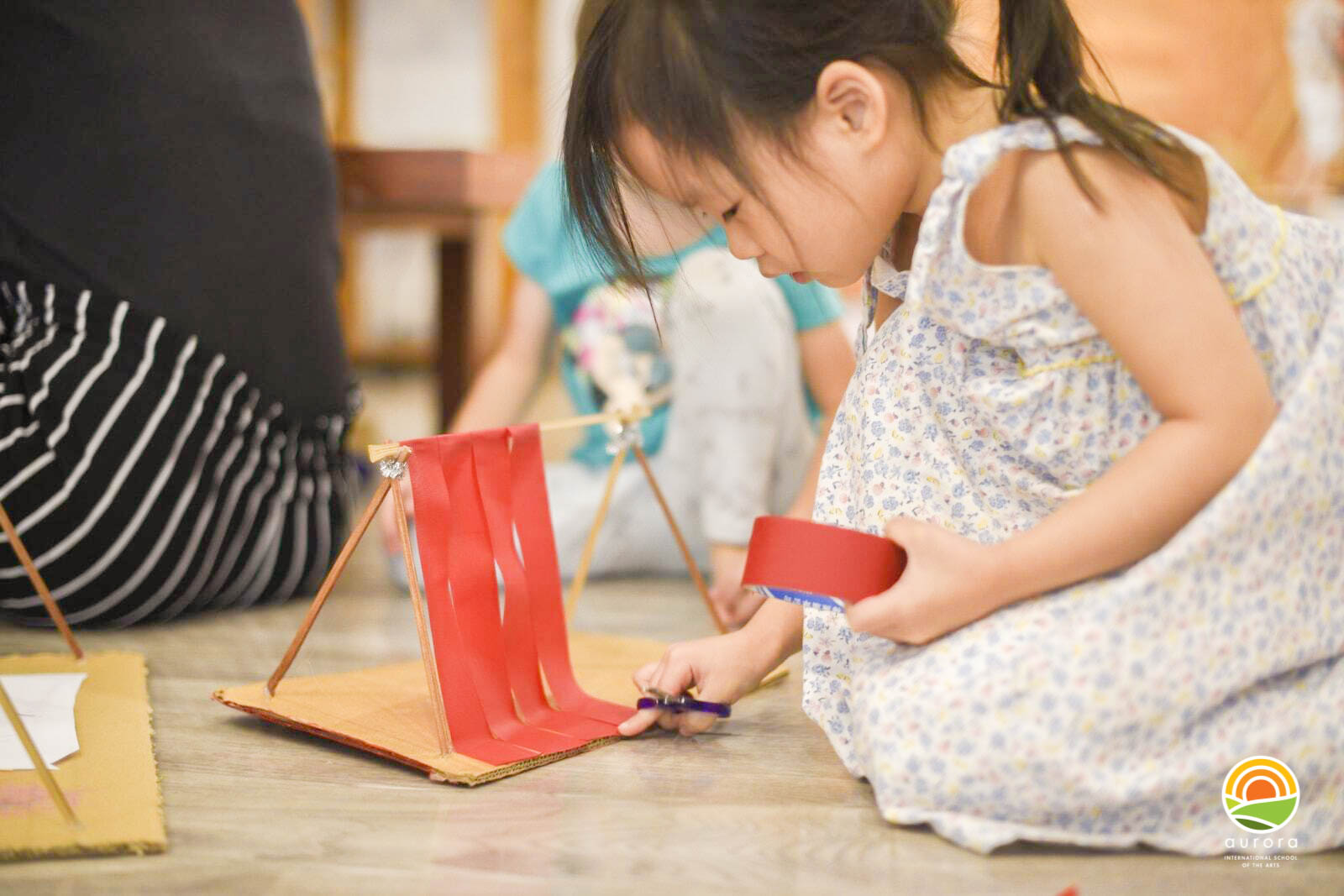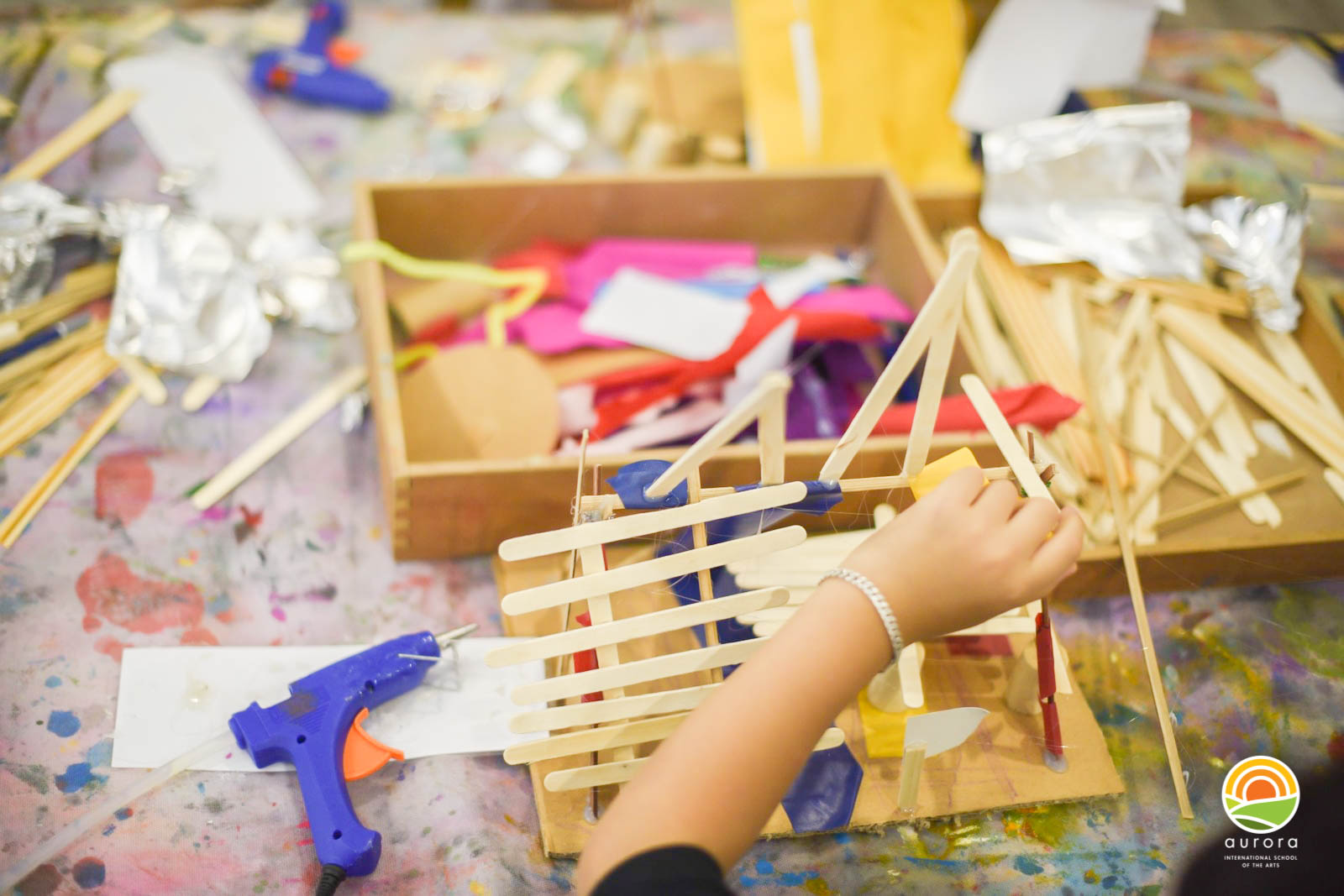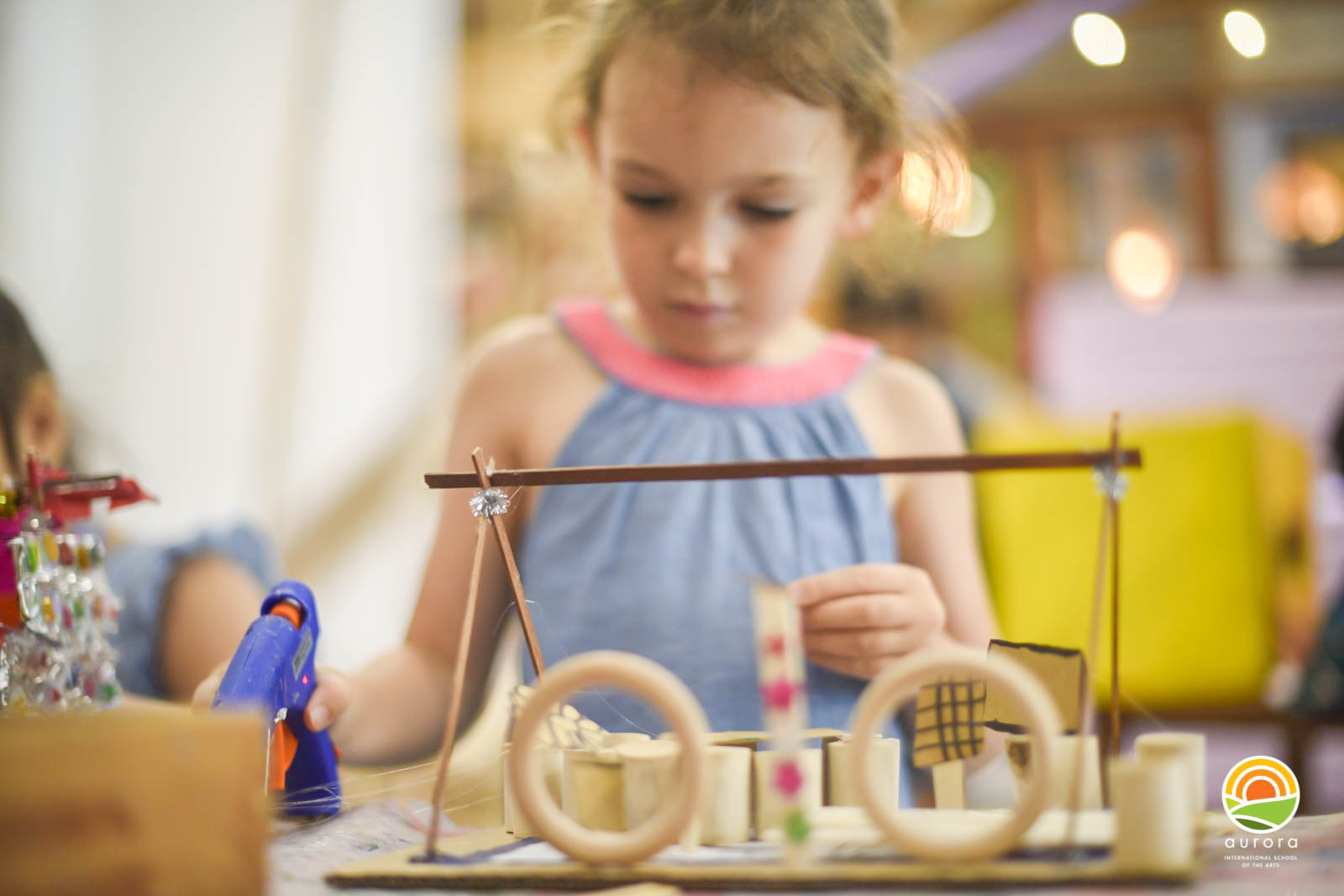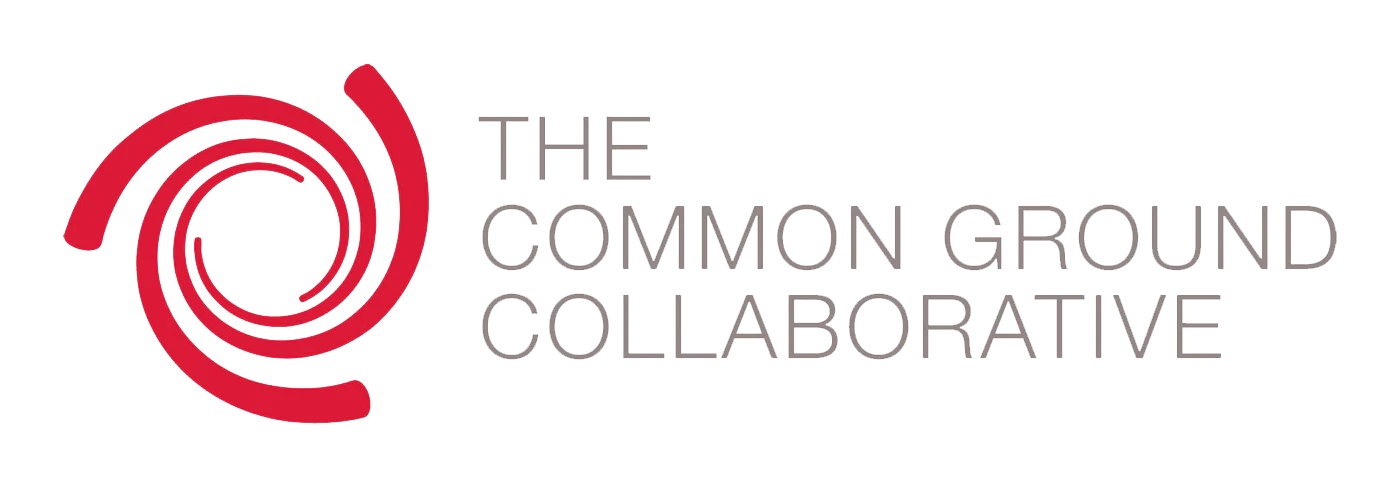“No way,
The Hundred is there.
…Children have a hundred hands, a hundred thoughts, a hundred ways of thinking, of playing, of speaking, of listening, of marveling and loving….”
– Loris Malaguzzi
We believe children can represent ideas and construct knowledge in a variety of symbolic and graphic modes. This approach emphasizes the importance of children’s symbolic language, conceptualized as the “100 languages”, where ideas and knowledge-building are expressed through many creative processes, such as speech, writing, drawing, painting, sculpture, construction, music, movement, and light and shadow exploration, to name a few.
Our teachers observe and listen to the “100 Languages” children use to express themselves as individual learners and as “teachers”, facilitating opportunities for further investigation and learning. These investigations take the form of projects, where children actively participate, explore, and question the world around them.
Our curriculum emerges through collaboration and a continuous dialogue between teachers and children as teachers observe, interpret, and document each child’s learning journey. They become researchers together. It is a curriculum that is accountable for learning in an authentic, emergent way, that is flexibly adjusted as children pursue extensive investigations of their world, guided by teachers who share their sense of adventure and amazement. Assessment is the process of observing, interpreting, and documenting what our children do, know, and understand.
“Knowing where you are, where you find yourself, helps you to develop a sense of your own identity and your place in the world… Every place has its own spirit, its own past and its own aspirations.”
– Jerome Bruner

